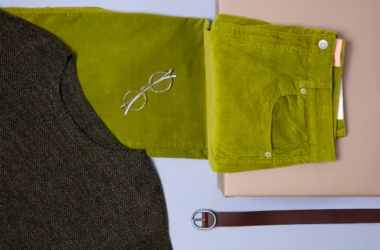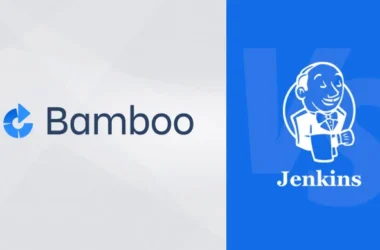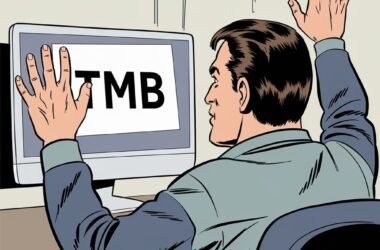When browsing YouTube, you might come across a message stating, “This video contains content from SESAC.” This warning usually indicates that a video includes copyrighted music managed by SESAC, a well-known performing rights organization (PRO). The message often results in restrictions on the video, including blocking, muting, or demonetization.
SESAC, short for Society of European Stage Authors and Composers, is one of the three major PROs in the United States, alongside ASCAP and BMI. Its primary role is to collect and distribute royalties on behalf of songwriters, composers, and music publishers. When YouTube detects SESAC-licensed content in a video, copyright enforcement mechanisms may be triggered, leading to potential disputes or restrictions.
Understanding why this message appears and how to resolve related copyright issues is essential for content creators who wish to keep their videos accessible and monetized on YouTube.
Why Does YouTube Show the “This Video Contains Content from SESAC” Message?
YouTube’s Content ID system scans uploaded videos for copyrighted material. If a video contains music licensed by SESAC, the system flags it, and restrictions may apply. The main reasons behind this message include:
- Licensed Music Usage – If a song managed by SESAC is played in the background or used intentionally, YouTube detects and flags it.
- Legal Disputes Between YouTube and SESAC – Sometimes, ongoing disagreements over licensing terms may lead to SESAC content being temporarily restricted.
- Copyright Claims by SESAC – SESAC or its affiliated publishers may manually issue claims against videos using their music without proper authorization.
- Failure to Obtain Proper Licensing – If a creator uses SESAC music without acquiring the necessary license, YouTube may restrict the video.
How Does SESAC Differ from Other Performing Rights Organizations?
SESAC operates differently from ASCAP and BMI in a few key ways:
- Selective Membership – Unlike ASCAP and BMI, which allow open membership, SESAC invites artists selectively based on their reputation.
- For-Profit Model – While ASCAP and BMI operate as non-profits, SESAC functions as a for-profit entity, meaning it maximizes earnings for its members.
- Direct Licensing Approach – SESAC negotiates direct deals with broadcasters, reducing intermediary costs but increasing exclusivity.
These differences influence how SESAC content is managed on platforms like YouTube, often leading to stricter copyright enforcement.
What Happens When a Video Contains SESAC Content?
When a video is flagged for containing SESAC-licensed content, various consequences may arise:
- Monetization Restrictions – Revenue generated by the video may be redirected to the copyright holder instead of the creator.
- Geographic Blocking – Some videos may become unavailable in specific countries where SESAC enforces strict licensing rules.
- Audio Muting – In certain cases, YouTube removes or mutes copyrighted audio while keeping the video available.
- Video Removal – If a copyright claim escalates to a full copyright strike, the video could be permanently taken down.
For content creators who rely on YouTube monetization, understanding how digital advertising works, including CTV (Connected TV) CPM pricing, can help optimize revenue strategies. Learn more about CTV CPM and its impact on your budget in this detailed guide: What Is CTV CPM and How It Affects Your Budget.
Understanding these potential impacts is crucial for avoiding copyright complications on YouTube.
How to Check If a Video Has SESAC-Flagged Content?
If a video receives a copyright notice, checking the YouTube Studio Dashboard can help identify the issue. Follow these steps:
- Log in to YouTube Studio.
- Navigate to the “Content” tab.
- Look for the “Restrictions” column.
- Click on the flagged video to view details.
- Check the copyright claim description.
If SESAC is listed as the claimant, it confirms that SESAC-licensed content is present in the video.
Ways to Resolve SESAC Copyright Claims on YouTube
There are multiple solutions to resolve issues when a video contains SESAC-managed content:
1. Remove or Replace the Music
YouTube provides a built-in Audio Library where creators can find royalty-free tracks. If a video contains SESAC music, consider:
- Replacing it with copyright-free music using YouTube’s “Audio Swap” tool.
- Muting the claimed audio section while keeping the rest of the video intact.
2. Dispute the Copyright Claim
If the claim is incorrect or falls under Fair Use, disputing it is an option. Steps to dispute a claim:
- Go to YouTube Studio.
- Select the flagged video.
- Click “See Details” on the copyright notice.
- Choose “Dispute” and provide a valid reason.
Disputes take several days to process, and evidence supporting the claim must be provided.
3. Obtain Proper Licensing
If SESAC music must be used, purchasing a license ensures legal usage without YouTube restrictions. Contacting SESAC directly or using licensed music platforms like Artlist, Epidemic Sound, or AudioJungle can help obtain the necessary permissions.
4. Use YouTube’s Revenue Sharing Option
Some SESAC-licensed songs offer a revenue-sharing agreement, allowing creators to use the music while sharing ad revenue with the rights holder.
How to Avoid SESAC Copyright Issues in Future Videos
To prevent copyright issues related to SESAC content, content creators should:
- Use YouTube’s Audio Library for royalty-free music.
- Check music licenses before adding songs to videos.
- Read YouTube’s copyright policies to stay updated on music usage rules.
- Consider subscription-based music services that provide pre-cleared licenses for YouTube.
Following these strategies reduces the chances of encountering “This video contains content from SESAC“ messages in future uploads.
Additionally, using subtitles in YouTube videos can enhance viewer engagement and accessibility while ensuring compliance with copyright policies. Learn more about why subtitles are crucial for YouTube content in this detailed guide: The Importance of Subtitles for YouTube Videos.
Encountering the “This video contains content from SESAC” message on YouTube indicates that copyrighted music managed by SESAC has been detected. This can lead to monetization restrictions, video blocking, or even takedowns. Understanding how SESAC operates, checking copyright claims, and resolving disputes effectively can help YouTube creators maintain their content without legal issues. Using royalty-free music or obtaining proper licenses is the best way to avoid copyright complications and ensure long-term success on the platform.








